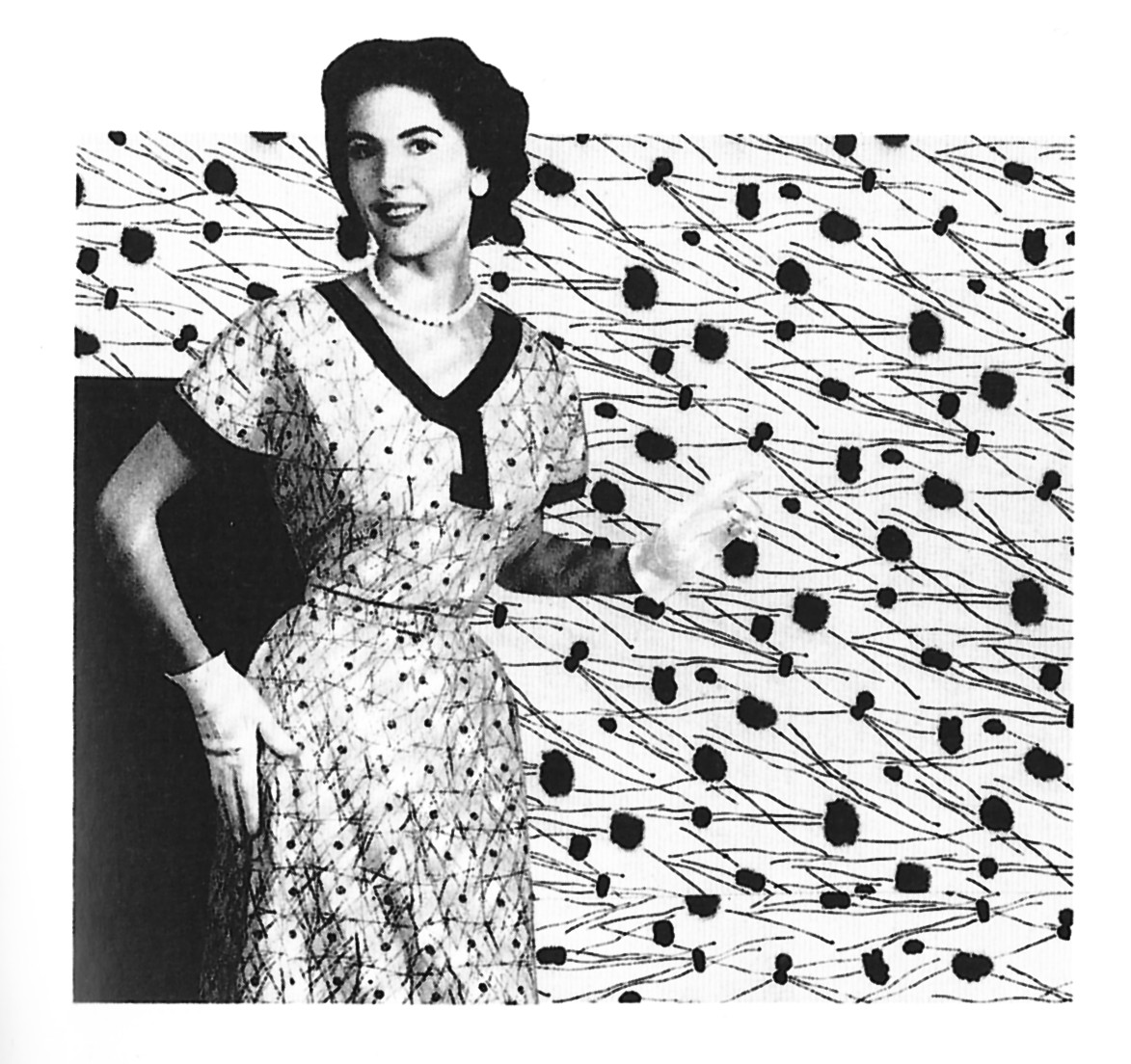Looking at Dorrie's work it must be remembered that she worked over five decades and stylisitic changes meant her work was different even if always with in essence an Art and Crafts feel to them. She also collabrated with other designers for example Betty and Gen Marchington.
“This and the following five lots were commissioned in the early 1950’s by Betty and Gen Marchington, who were textile designers based in Manchester, and London. Betty studied at Liverpool Art College, and worked for clients including Betty Barclay, focussing in particular on bright abstract designs more usually associated with the 1960’s and ‘70s. It was through their work for Liberty & Co that the couple were introduced to Dorrie Nossiter; they had a hand in the design of this and the following pieces.” (Bonhams, Knowle 2005)
Top Left Amethyst, blue zircon and pearl dress clip, Middle Multi-gem floral spray brooch composed of two flower-heads to wire-work stems, with emerald leaves, Right multi-gem set brooches, each composed of a large circular-cut smokey quartz above a floral cluster of various gemstones. Bottom Left Multi-gem floral spray brooch, the triple clusters to wire-work stems and gem-set leaves, Middle Peridot and garnet earclip each designed as a leaf spray, Right Multi-gem set brooch designed as a trio of oval clusters above a garnet cluster stalk.
These designs were used in 1954 together with the Marchington’s textile designs for example “Dot Dash”. Dot Dash was inspired by the work of Pollock as described by Jackson in her article called Design: Daub, splatter, drip and dribble.
"Dot Dash" illustration from "The New Look: design in the fifties" by Lesley Jackson (1991).
"Hot on their heels came the Preston-based firm of Horrockses, makers of printed cotton frocks, who abandoned floral patterns in favour of Pollock- inspired scribbles and dots. "Dot Dash" was the evocative name of a fabric made by Marchington in 1954, while over in Denmark, the artist Aagaard Andersen created an irreverent homage to Pollock in the form of two "action textiles", "Doodlepoint" and "Doodledash". During the 1950s, it was perfectly commonplace for artists to create designs for the textile industry, as the title of an exhibition called "Paintings into Textiles", held at the ICA in 1953, bears witness. The exhibition featured abstract paintings by leading artists such as Henry Moore, Eduardo Paolozzi, William Gear, Donald Hamilton-Fraser and Louis Le Broquy, many of which were subsequently put into production by the progressive Lancashire textile firm, David Whitehead." (Jackson 1999)


